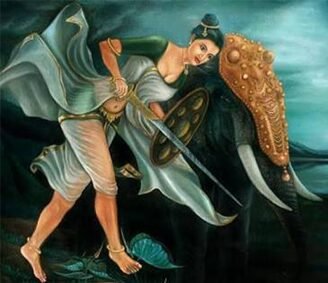The Timeless Epic of Ramcharitmanas: A Journey Through History, Origin, Legends, and Literary Style

“There can be no happiness for a being nor can its mind know any peace even in a dream so long as it does not relinquish desire, which is an abode of sorrow.” – Tulsidas
One of the most revered and well-known texts in devotion and literature is the Ramcharitmanas. This epic poem was composed in the 16th century by the Bhakti poet Tulsidas, a devotee of the god Rama. Although not a direct retelling of the ancient Ramayana, the Ramcharitmanas is a reworking of the Rama story that speaks poetically to the common people—and, because of this, it is the text in Hindu culture that is most frequently and most widely recited. Tulsidas’s poem is a true classic. Its creation, legends, and rich literary style make it an unmatched jewel in world literature.
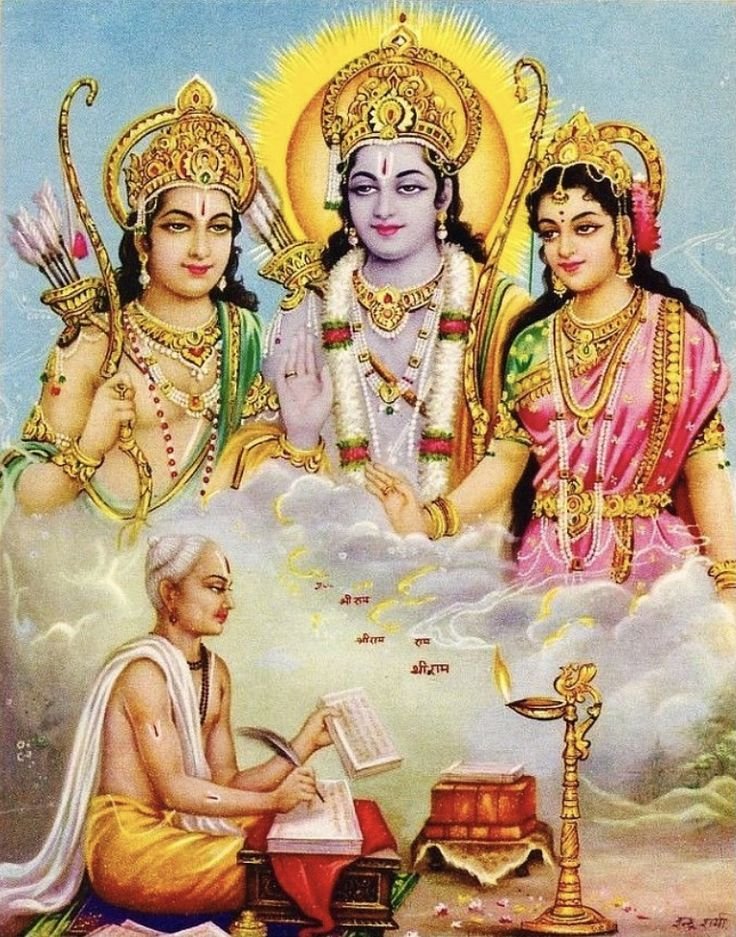
History and Origin
In 1574 CE, when India was affected by substantial socio-political and cultural turmoil, Tulsidas undertook the task of writing Ramcharitmanas. His bold decision to write in Awadhi, the common tongue of the region, was nothing short of transformative; it reached the much larger populace that inhabited the countryside. By contrast, the far more elite language of Sanskrit kept a text inaccessible to the common person. With the use of Awadhi language in the late 16th century, Tulsidas, had suffused the Ramayana with an even much more profound profundity.
It Is widely believed that Tulsidas began writing the Ramcharitmanas on the holy occasion of Ram Navami, the day when Lord Rama was born. This auspicious moment took place in Ayodhya, a city that was not only the setting for a major portion of the narrative but also the birthplace of Rama himself. Tulsidas is thought to have undertaken the actual task of writing the epic in Varanasi, with some added portions written in his locale of Chitrakoot. Indeed, the poet-come -saint of the 16th century wrote his remarkable text across significant Hindu pilgrimage places associated with the divine figure he venerated.
Tulsidas did not waver in the performance of his task; even scholars of Varanasi rejected his work as unfit because it was written in Awadhi vernacular language. But it served, at least, his resolve of democratising the concept of sacred knowledge, and Ramcharitmanas became widely embraced as an authority on Hindu faith and wisdom.
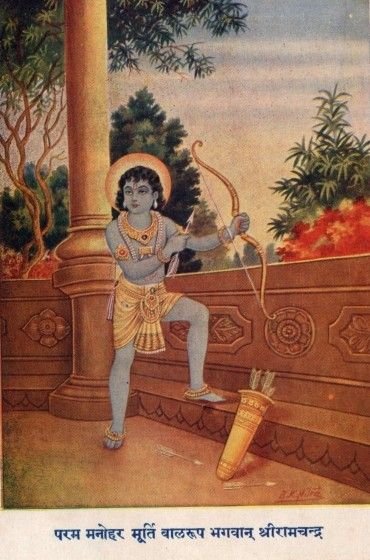
Legends Surrounding its Creation
The writing of Ramcharitmanas is timed with many dramatic stories which serves to enhance the religious feel. Tulsidas had dedicated the inspiration for this great work to the hymn of Lord Shiva; where in Lord Shiva described the story of Rama to Parvati. According to belief, Tulsidas got this divine knowledge in his childhood from his guru, Narharidas. Traditions have it that Tulsidas being a visionary saw the scenes of the Treta yuga and therefore narrates the life of Rama as a reality.
When the Ramcharitmanas was presented to the scholars of Varanasi, it was kept in the innermost of the Vishwanath Temple. According to the legend, Lord Shiva himself endorsed the work, a celestial approval that silenced its detractors and affirmed its divine origin. Ramcharitmanas has been placed on a higher level where it is not only a literary creation but also divine revelation.
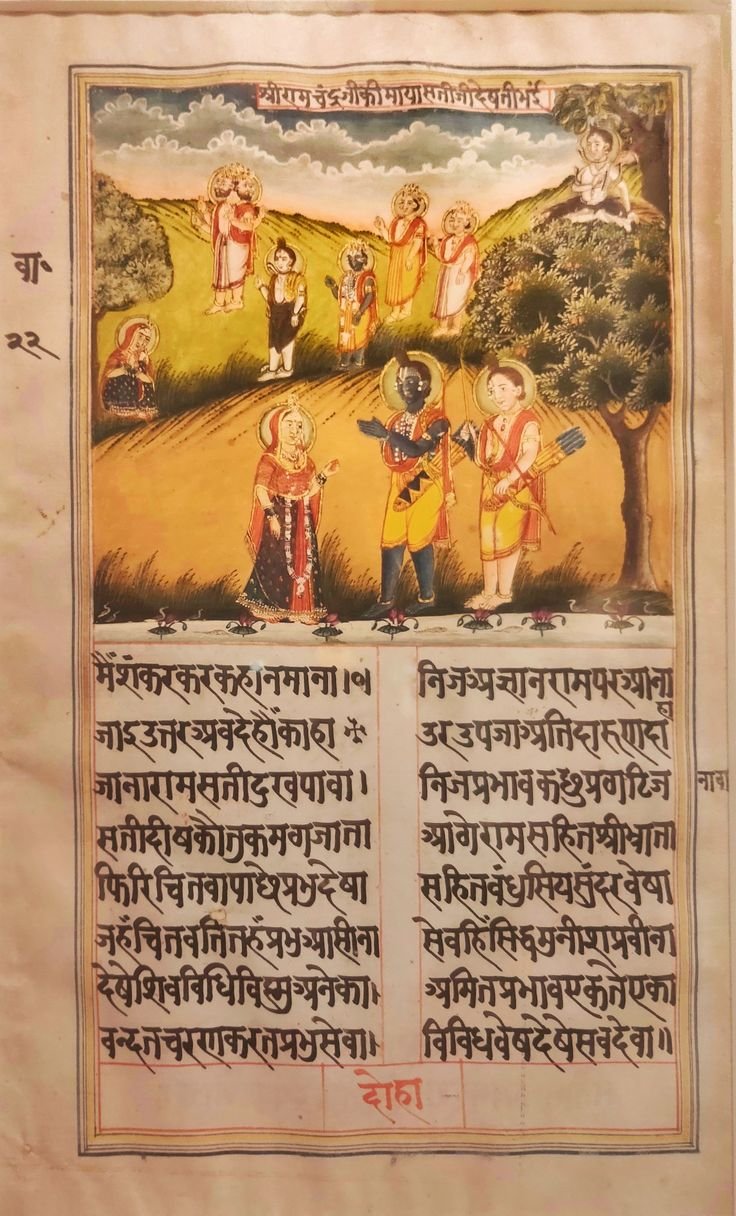
Writing Style and Structure
The nature of Ramcharitmanas is poetic but their instruction and translation are specifically clear and effortless incorporating concepts of philosophy, devotion and literature. The Awadhi dialect broke the barrier to spirituality and let the common man read the divine story of Lord Rama.
There are moments in the Ramcharitmanas of Tulsidas when he uses the chaupai metre with dohas combined to make the flow natural rhythmic and meditative. Each canto, or Kānd, contains an invocation to the God Rama, who thus prescribes the subject matter of the following tale. The seven Kānds resemble the structure of the Valmiki Ramayana, but Ramcharitmanas is much more different in the tenor and presentation.
While the former Valmiki Ramayana is a plain narration of the events of Rama’s life, Ramcharitmanas is full of Bhakti (devotion). It underline Rama as the god extraordinaire being compliance with virtue and godly love. The text is of Saguna form of the Bhakti Movement portraying God with attributes and a form, making the divine relatable to human emotions and experiences.
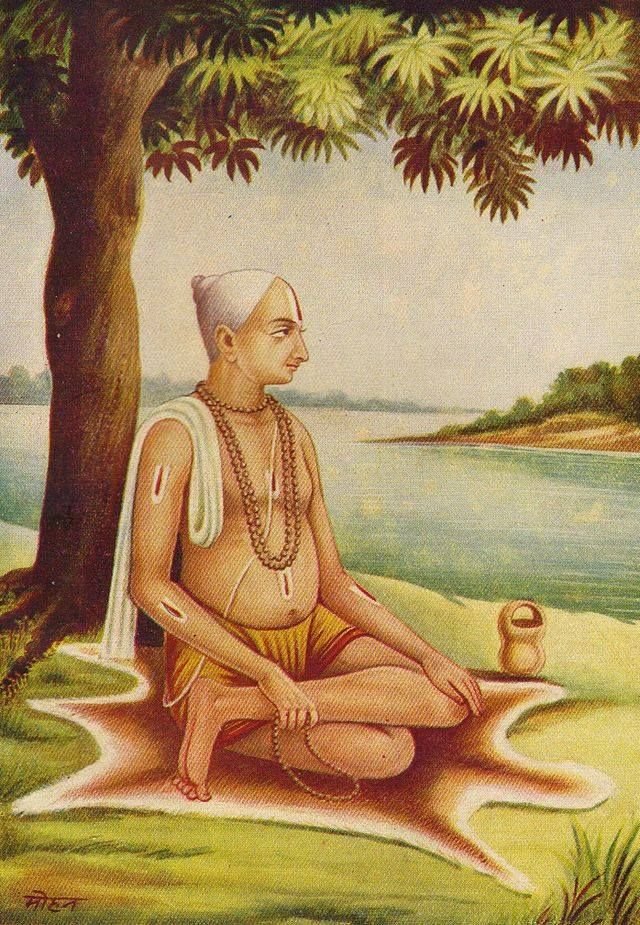
Finally, each Kānd is concluded with the ‘moral of the story’ in the form of a verse from Sanskrit. By associating it with this literary device, the medium is mediated with the classical tradition, thereby lending it spiritual and intellectual credibility. For instance, the writer Tulsidas left out some moving episodes in the Uttar Kānd, such as Sita’s banishment; this might have been to show that Sita is regarded as the universal mother. Rather, he decided to leave the epic at a relatively jubilant tone, as an indication of his understanding of emotions of his readers.
Cultural and Spiritual Impact
The epic brought a complete change to the way the devotion practices were conducted in India. Hindu religious festivals: Ramlila, the dramatic representation of Rama’s life and the character is based to this epic. Ramcharitmanas translated emotions and concepts of divinity into language that was comprehensible to all people regardless of their status in society thus creating assimilation among the classes they cited.
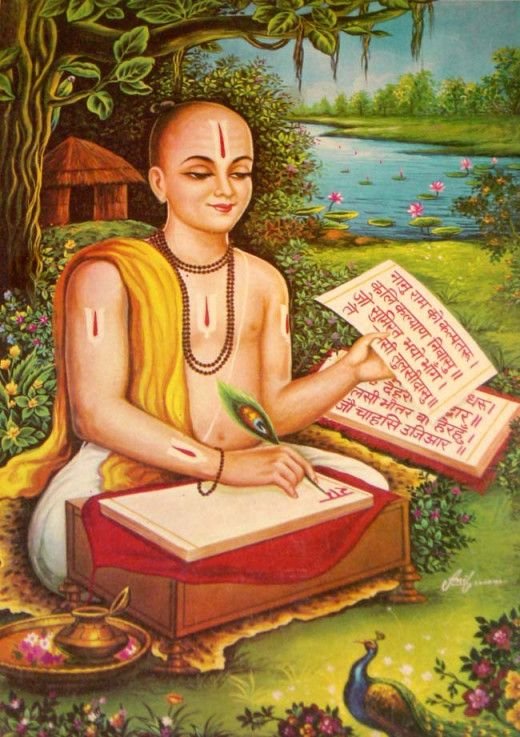
In May, 2024 manuscripts of Ramcharitmanas received the Asia-Pacific Regional place in UNESCO’s Memory of the World thus bolstering up the text’s multicultural appeal. This acclaim did not only celebrate the supreme intellectuality of Tulsidas but also stayed on the entire importance of the Ramcharitmanas in unison of other kinds of cultures and terrains.
Hence, apart from being an affecting rendition of the Ramayana mythical text, Ramcharitmanas is an ocean of bhakti, knowledge and the accumulated sociocultural ethos of the society of that age. Tulsidas indeed had embraced an art of being spiritual in a language and idiom comprehensible to all yet unyielding in depth. Its traditional stories, pleasant music, and religious significance entertain millions even today, thereby making it a shining example of the historical Indian glory.
